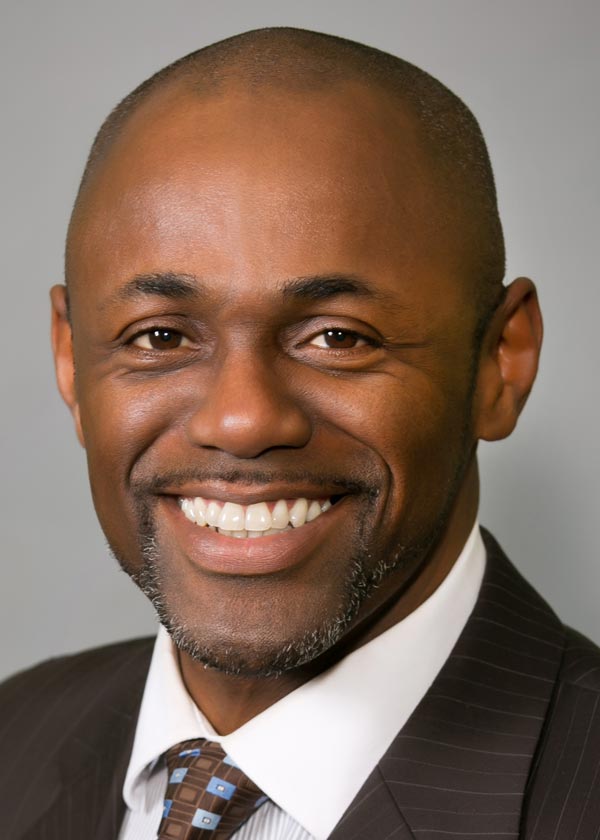
We listened closely to what our hosts had to say. They talked about the successes their schools enjoyed and the obstacles they have encountered as they try to do more for their students. They also shared the opinion that CSBA must be careful to listen to all sides of an issue in order to represent all of its members and remain united in its mission to secure the highest outcomes possible for California’s 6.2 million public school students.
I assure you that we took this important message to heart. Like any family, we have disagreements and differences of opinion, but we are also united by a shared goal: the support and advancement of California’s public schools. We don’t always see eye-to-eye on the methods, but our priorities are clear. Still, we can’t allow complacency to creep in and create an opportunity for division to grow. We have too much to accomplish to let provincial disagreements distract us from our common purpose: to provide the best education for all students and prepare them for success in college, career and civic life.
This organization has made a public declaration that it will strive to be the essential voice for public education, intent upon setting the education agenda. As Immediate Past President Susan Henry said recently, “If we are not united, then we risk attack from outside and division from within.”
Unity is a desirable, but often elusive quality — particularly in fractious times like the one we currently inhabit. So, a reasonable person might ask, “How do we continue to be united?” As I pondered this question, I reflected upon a 2015 interview with HBO CEO Richard Pepler. Pepler stressed the importance of honest conversations and noted that leaders don’t care about being right at the beginning of the meeting as long as they know their organization is in the right place at the end of the meeting.
“The work environment that we create has to be transparent and you have to be able to brook dissent,” Pepler said in the Financial Times. “Everyone can say what’s on their mind, and once we make a choice, everyone is behind it. Someone once said to me, ‘You made the room safe to talk.’ And I said, ‘If you want to win, what other way is there to be?’”
I agree with this wholeheartedly. Pepler’s network may air “Game of Thrones,” but his meeting room doesn’t function like one. All voices are heard and the focus is not on a singular achievement, but rather on a common goal.
Some of you have questioned why I asked you to serve on certain committees knowing your stance on different topics. It’s because I value the diversity of experience and viewpoints represented in this organization. While it does not mean we will always agree with each other, it should mean that we can engage in vigorous debate while remaining civil and respectful.
We must spend more time listening and understanding and less time proving that we are correct. When you find yourself vexed by different perspectives, ask, “How do we put these ideas together so that CSBA is united at the end of every conversation?”
As President of CSBA, my responsibility is to work hard so that it serves all of California, not just my county or my personal needs.
Unity is critical because the greatest indication of character and humanity is concern for those beyond one’s own circle. My job as a school board member is not about me or my title. It’s about how hard I am prepared to fight for others.
Public schools should be places where students come together to learn, to celebrate, to deliberate and to solve problems. Public schools can unite large and diverse groups around common culture, while still maintaining respect for individuality. As the public officials charged with the stewardship of those schools, we must model what we want for our students — both for their sake and for ours.